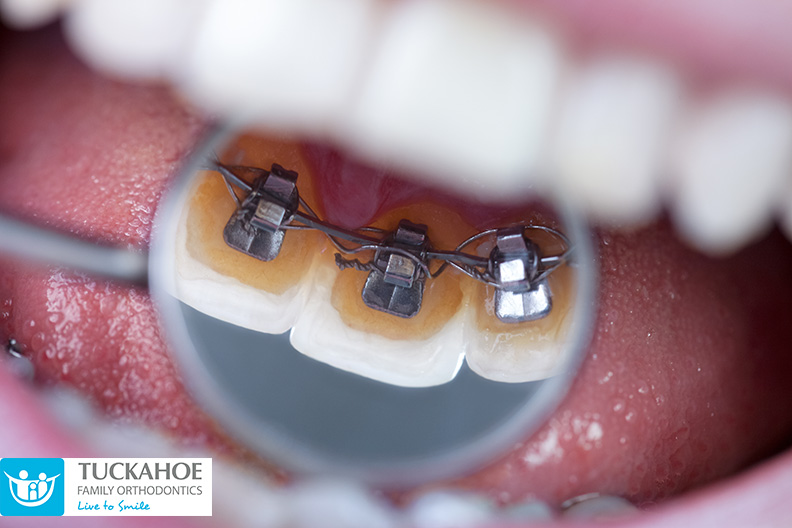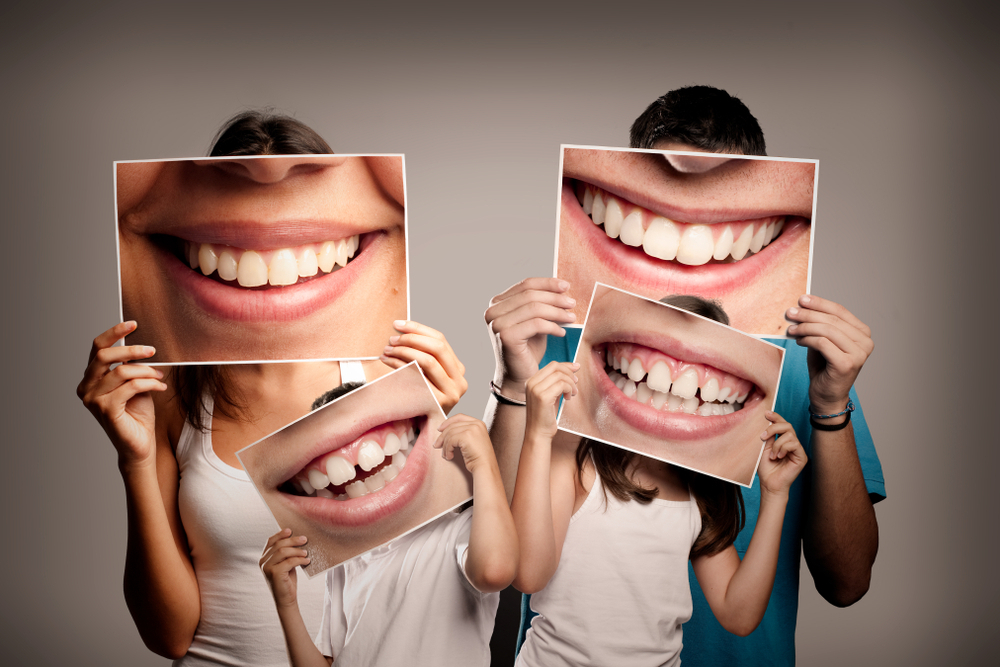The Facts About Legacy Orthodontics Revealed
The Facts About Legacy Orthodontics Revealed
Blog Article
9 Easy Facts About Legacy Orthodontics Shown
Table of ContentsNot known Details About Legacy Orthodontics The Legacy Orthodontics StatementsLittle Known Facts About Legacy Orthodontics.The Definitive Guide for Legacy OrthodonticsThe 9-Second Trick For Legacy Orthodontics
In enhancement, we use flexible treatment routines, flexible settlement choices and a fun, pleasurable experience.An orthodontist is a dental expert trained to detect, stop, and treat teeth and jaw irregularities. Orthodontists work with individuals of all ages, from youngsters to adults.
Malocclusion, or misaligned teeth, can cause dental concerns, including dental cavity, gum illness, and difficult or agonizing eating. However not every person is born with straight teeth. If you have a negative bite or large areas between your teeth, you may desire to get in touch with a dentist focusing on orthodontic treatment.
Little Known Questions About Legacy Orthodontics.
( Photo Debt: DigitalVision/Getty Images) Orthodontists use repaired and removable oral gadgets, like braces, retainers, and bands, to change the position of teeth in your mouth. Orthodontic treatment is for dental abnormalities, including: Misaligned teethBite issues, like an overbite or an underbiteCrowded teeth or teeth that are as well far apartJaw misalignmentThe goal of orthodontic therapy is to enhance your bite.
While you might assume of orthodontists as primarily for kids or young adults that need braces, they can correct oral issues at any type of age. Orthodontists attend college, oral college, and orthodontic institution.
, but not all dentists are orthodontists. They focus on two locations: Exactly how to effectively and securely relocate teeth How to properly lead growth in the teeth, jaw, and faceOnce an orthodontist has finished training, they have the alternative to become board licensed.
Rumored Buzz on Legacy Orthodontics
Malocclusion leads to tooth congestion, an irregular jaw, or irregular bite patterns. Malocclusion is usually treated with: Your orthodontist connects metal, ceramic, or plastic square bonds to your teeth.
If you have only small malocclusion, you may be able to use clear braces, called aligners, rather than traditional braces (http://peterjackson.mee.nu/do_you_ever_have_a_dream#c2208). Some people need a headgear to aid move teeth into line with stress from outside the mouth. After dental braces or aligners, you'll need to put on a retainer. A retainer is a custom-made tool that keeps your teeth in position.
They're most commonly utilized on children. They can create additional room in the mouth without having to pull teeth. If you have a significant underbite or overbite, you might require orthognathic surgical treatment (also called orthodontic surgical treatment) to extend or reduce your jaw. Orthodontists utilize cords, surgical screws, or plates to support your jaw bone.
You may need to see an orthodontist if you have: Crowding or otherwise enough room for every one of your teethOverbite, when your top teeth come over your bottom teethUnderbite, when your base teeth are too far forwardSpacing or problems with gapsCrossbite, which is when your top teeth fit behind your base teeth when your mouth is closedOpen bite or an upright void between your front bottom and upper teethMisplaced midline, when the center of your bottom and upper teeth do not line up Correcting a dental malocclusion can: Make biting, eating, and speaking easierImprove the balance of our face and your overall appearanceEase pain from temporomandibular joint problemsDifferent your teeth and make them easier to clean, aiding prevent tooth decay or cavities It's often a dental practitioner that first notifications misaligned teeth throughout a routine examination.
The Facts About Legacy Orthodontics Uncovered

Throughout your first orthodontic examination, you'll likely have: An oral examPhotos taken of your face and smileDental X-raysPanoramic (360 degree) X-rays of your face and headImpressions to develop molds of your teethThese tests will help your orthodontist recognize just how to wage your therapy. leesburg orthodontist. An orthodontist is a dental practitioner that's had training to treat your teeth and jaw
Orthodontists may do surgical treatment, exams,X-rays,and more to aid you achieve a more comfy, much healthier smile. An orthodontist is concentrated on your bite, so something like a broken tooth would certainly be dealt with by a dental professional. Orthodontists are dental professionals but not all dental practitioners are orthodontists. Orthodontists are concentrated on your bite, or the way your teeth fit together, and the straightness of your teeth.
Ever before questioned how stars constantly seem to have flawlessly lined up teeth? Orthodontists are dental professionals who concentrate on fixing irregularities in the teeth and jaws.
The Facts About Legacy Orthodontics Uncovered

, orthodontists have a varied toolkit at their disposal. These tried-and-true dental braces use a system of brackets bonded to the teeth and connected by cables.
These removable trays are customized to progressively move the teeth's placement. In cases of slim jaws, palatal expanders can be site web used to produce area for appropriate tooth alignment.
Report this page